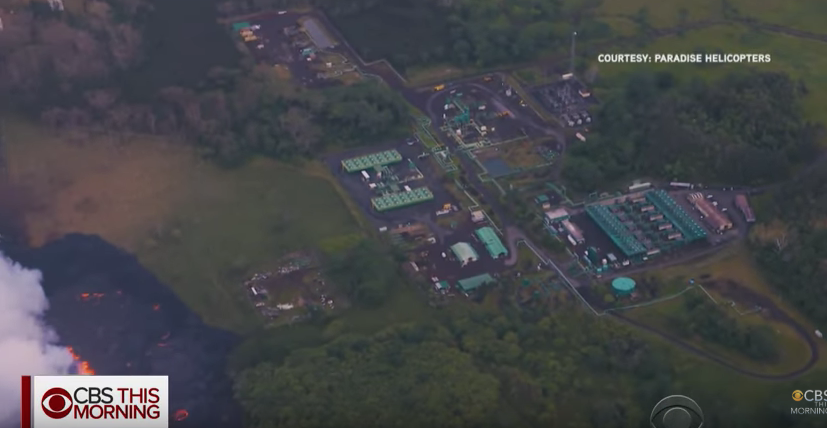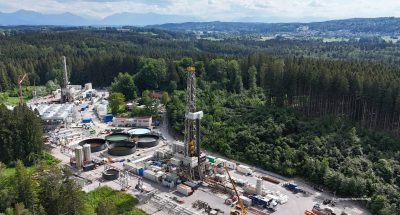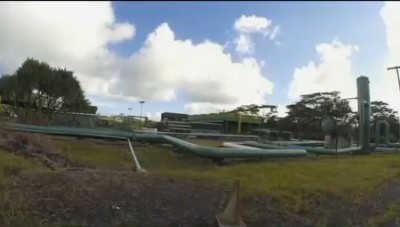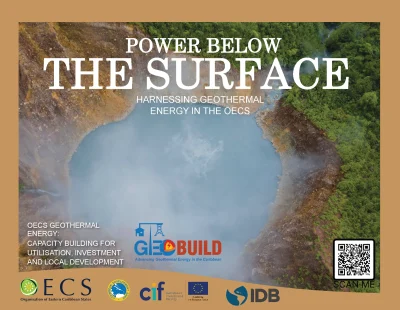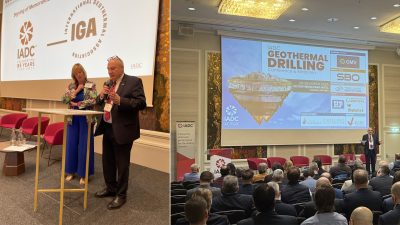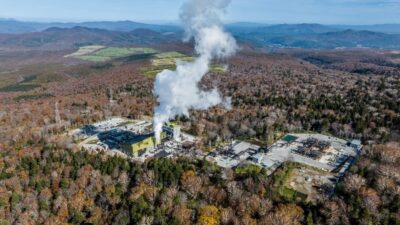Prof. Roland Horne of Stanford University on the geothermal in the face of natural hazards
In an interview published by Stanford University, Prof. Roland Horne Director of the Stanford Geothermal Program gives his insight into the importance of volcanic activity for geothermal plants, but also the dangers involved and how geothermal could be tapped far from volcanoes in the future.
In a recent interview published on the website of Stanford University, Stanford University energy resources engineer Prof. Roland Horne, Director of the Stanford Geothermal Program in the School of Earth, Energy & Environmental Sciences (Stanford Earth) describes why underground volcanic activity is just as important as lava flows at the surface, how geothermal plants fare in the face of natural hazards and how geothermal energy could be tapped far from volcanoes in the future.
This is in light of the volcanic events and lava flows currently being experienced on Hawaii’s Big Island that have also impacted the only geothermal power plant of Hawaii on the island.
In the interview he discusses the possibility of H2S emissions due to the lava flows at the Puna Geothermal Venture and overall problems that could occur in the midsts of an active volcano.
He also talks about some of the specific challenges experienced at the Puna plant in Hawaii.
Interesting is his view on siting a geothermal plant around a highly active volcano.
“Not really. Geothermal plants work best where it’s hot, so a volcano is kind of a good place to put them. And many natural disasters affect power plants. Here in California, fires in 2015 burned cooling towers at the Geysers complex, the world’s largest geothermal facility. In the Philippines, the typhoon that wiped out Tacloban city in 2013 took out three geothermal plants. Blew the cooling towers away.
In Japan, the 9.0 earthquake and tsunami that caused the Fukushima accident in 2011 knocked nuclear power plants off nationwide, and those that weren’t knocked off were shut down. Many of the geothermal plants are right there in the Tohoku region, where the disaster centered, and they kept running.
Enhanced geothermal systems, which are used in commercial plants in Europe but not yet in the U.S., don’t have to be close to volcanoes because they’re made artificially. If you have a place where the rock is hot, but there’s not water in it to bring steam to the surface to run the plant, you can create fractures in the rock and circulate water through it to bring the heat to the surface.
You do your best to make the fractures you want, but it’s not like you’ve stamped them out with a cookie cutter. Our particular research program here at Stanford is associated with how you determine the structure of the fractures you want to create, make them, and then determine what you have made. ”
For the full interview see link below.
Source: Earth/ Stanford
